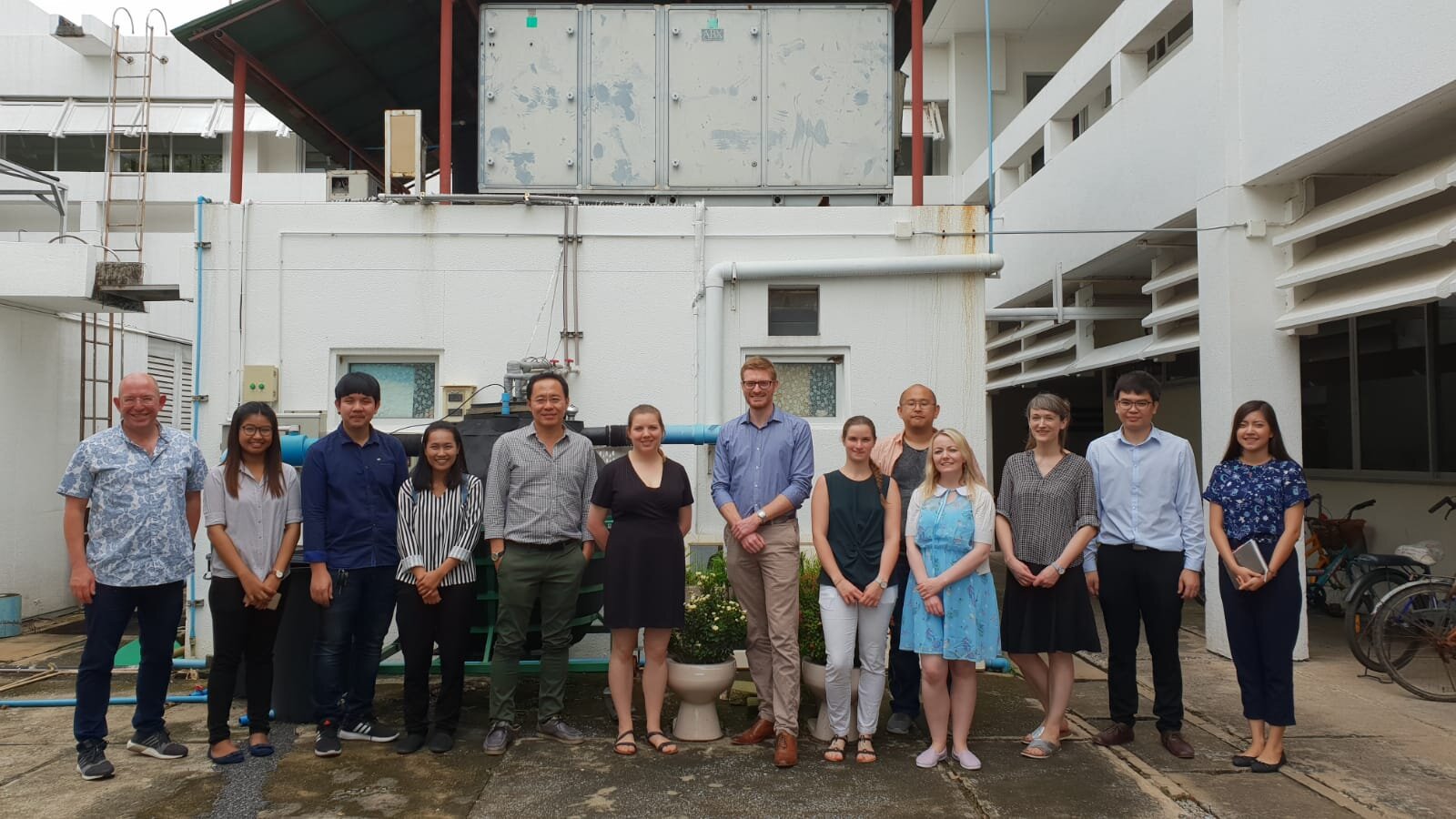Projects Overview
Understanding Interactions Between Pectobacterium, Soil, Microbes and Cover Crops in the Development of Potato Blackleg Disease
I worked as a post-doctoral research associate as part of a multi-disciplinary team working to understand the interactions between Pectobacterium atrosepticum (a plant pathogenic bacterium causing potato blackleg disease), the soil microbiome and agricultural practices. We also aimed to find potential biocontrol measures for blackleg disease using bacteriocins (compounds secreted by bacteria to kill closely related species).
Building an Anaerobic Live-Imaging System
Anaerobic microorganisms need a highly specialised environment (anoxic - without oxygen) to grow. If we want to view these cells under the microscope we end up killing them. At the University of Glasgow, I collaborated with biomedical engineers to deliver an integrated anaerobic microfluidic imaging system to culture and study these species in real time.
From Lab-Scale to Full-Scale
In my PhD I worked with a patented lab-scale anaerobic bioreactor to determine the feasibility for low-temperature treatment of sewage-like wastewater using microorganisms in distinct anaerobic biofilms called ‘granules’ - image left. This technology has been brought to full-scale with NVP Energy for treatment of both industrial and municipal waste at low temperature.
Solar Septic Tanks: A New Sanitation Paradigm for Thailand
Our collaborators in Thailand developed an innovative sanitation technology - the solar septic tank. In a project funded by the EPSRC we aimed to understand the microbes within these systems such that we may better understand tank functioning, effluent quality (liquid that is discharged into the environment after treatment in the tank) and antimicrobial resistance.
Environmental ‘Omics
In my time working in the field of microbiology, molecular methodologies have advanced from DNA fingerprinting to amplicon and metagenome sequencing. These advances have been made possible with the development of bioinformatics analysis (computer based tools for understanding complex biological data). We can use these tools along with sequencing platforms for example and study whole communities, assemble genomes and statistically test interactions and community assembly mechanisms. As part of my work at the Environmental ‘Omics group (lead by Dr Umer Ijaz at Glasgow University) I have investigated the use of these tools for a range of biological systems.




